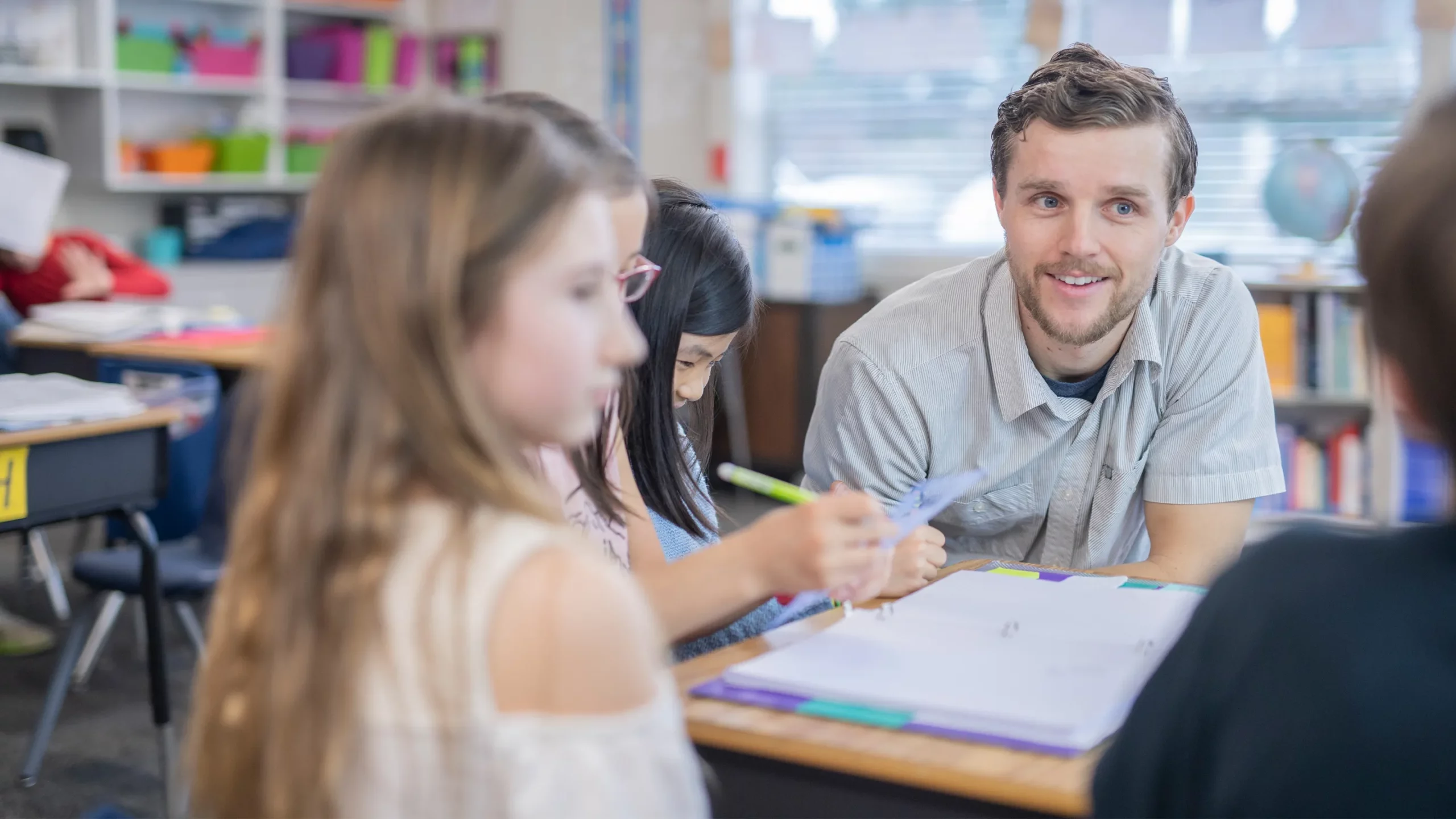
Empowering Education: Cultivating Lasting Student Engagement
In today’s rapidly changing world, education holds the key to personal and societal progress. However, the effectiveness of education isn’t solely determined by the content delivered; it’s also about how well students engage with the material. Student engagement is a critical factor that influences learning outcomes, retention rates, and overall educational success. In this blog post, we will explore the concept of student engagement, delve into the factors that impact it, and uncover strategies to empower education by fostering lasting student engagement.
1. Understanding Student Engagement
Student engagement refers to the extent to which students are actively and emotionally invested in their learning experiences. Engaged students are more likely to participate in class discussions, complete assignments with enthusiasm, and seek out additional learning opportunities. Research consistently demonstrates that engaged students not only perform better academically but also develop valuable skills such as critical thinking, problem-solving, and collaboration.
2. Factors Influencing Student Engagement
Several factors play a pivotal role in shaping student engagement:
- Relevance of the Curriculum: When students see the practical applications of what they’re learning, they’re more likely to be engaged. Connecting lessons to real-world scenarios and personal experiences enhances their motivation to learn.
- Quality of Teaching Methods and Materials: Dynamic teaching methods, interactive lessons, and engaging materials capture students’ attention and make learning enjoyable.
- Classroom Environment and Interactions: A positive and inclusive classroom atmosphere encourages active participation and interaction among students, enhancing engagement.
- Technology Integration in Education: Incorporating technology tools, such as educational apps and online resources, can make learning more interactive and appealing to modern students.
3. Strategies for Empowering Education and Student Engagement
Project-based Learning: Project-based learning immerses students in real-world problems, encouraging them to collaborate, research, and apply their knowledge to find solutions.
Personalized Learning Paths: Recognizing that each student learns differently, personalized learning tailors educational experiences to individual strengths, needs, and interests.
Active Learning Techniques: Group discussions, debates, role-playing, and hands-on activities create an interactive learning environment that keeps students engaged.
Gamification: Incorporating game-like elements, such as quizzes, challenges, and rewards, adds an element of fun and competition to learning.
Use of Technology: Utilizing educational apps, online simulations, and multimedia content capitalizes on students’ familiarity with technology and keeps them engaged in the learning process.
4. The Role of Teachers in Fostering Engagement
Teachers are at the forefront of creating engaging learning experiences. By demonstrating enthusiasm, approachability, and a genuine interest in their students’ success, educators can inspire and motivate students to actively participate in their education.
5. Involving Students in the Learning Process
Empowering students to have a say in their education enhances engagement. Allowing them to contribute to curriculum planning, choose projects, and share their feedback creates a sense of ownership and investment.
6. Overcoming Challenges to Student Engagement
Distractions, disinterest, and external pressures can hinder student engagement. To address these challenges, educators can create a supportive classroom environment, offer additional resources for struggling students, and regularly assess the effectiveness of engagement strategies.
7. Case Studies: Successful Implementation of Engagement Strategies
For instance, the “Flipped Classroom” model, where students learn content at home through videos and engage in interactive activities in class, has shown significant improvements in engagement and understanding.
8. Looking Ahead: The Future of Student Engagement
As technology continues to evolve, virtual reality, artificial intelligence, and personalized learning algorithms hold the potential to reshape student engagement by tailoring education even further to individual needs.
Takeaway
Cultivating lasting student engagement is not just an educational objective; it’s a commitment to shaping the leaders, innovators, and problem solvers of tomorrow. By understanding the factors that influence engagement and implementing effective strategies, we can empower education and ensure that students are not just passive recipients of knowledge but active participants in their learning journey.
